Electronic medical records (EMRs) are digital versions of the paper charts typically found in clinician offices, clinics, and hospitals and are mostly used by healthcare providers for diagnosis and treatment. New research has leveraged EMR data analysis to predict the risk of developing adverse outcomes in the near future based on an individual’s medical history, and also pinpoint which medications may have beneficial effects.
Tag: Data Analysis
Study led by ORNL informs climate resilience strategies in urban, rural areas
Local decision-makers looking for ways to reduce the impact of heat waves on their communities have a valuable new capability at their disposal: a new study on vegetation resilience.
A manifold fitting approach for high-dimensional data reduction beyond Euclidean space
National University of Singapore (NUS) statisticians have introduced a new technique that accurately describes high-dimensional data using lower-dimensional smooth structures.
Argonne researchers to present cutting-edge work at SC23 conference
Argonne scientists recognized for use of exascale computing tools to achieve high-fidelity simulations of advanced nuclear reactor systems and high-resolution simulations that reduce uncertainty in climate model predictions.
American Joint Replacement Registry Releases 10th Annual Report
The American Joint Replacement Registry (AJRR), the cornerstone of the American Academy of Orthopaedic Surgeons (AAOS) Registry Program, published its 2023 Annual Report on hip and knee arthroplasty procedural trends and patient outcomes today.
Unveiling the hidden power for drug-target interaction prediction: a game-changing approach
FragDPI, a novel drug-protein interaction prediction method, outperforms baselines and identifies specific interaction parts, aiding drug discovery
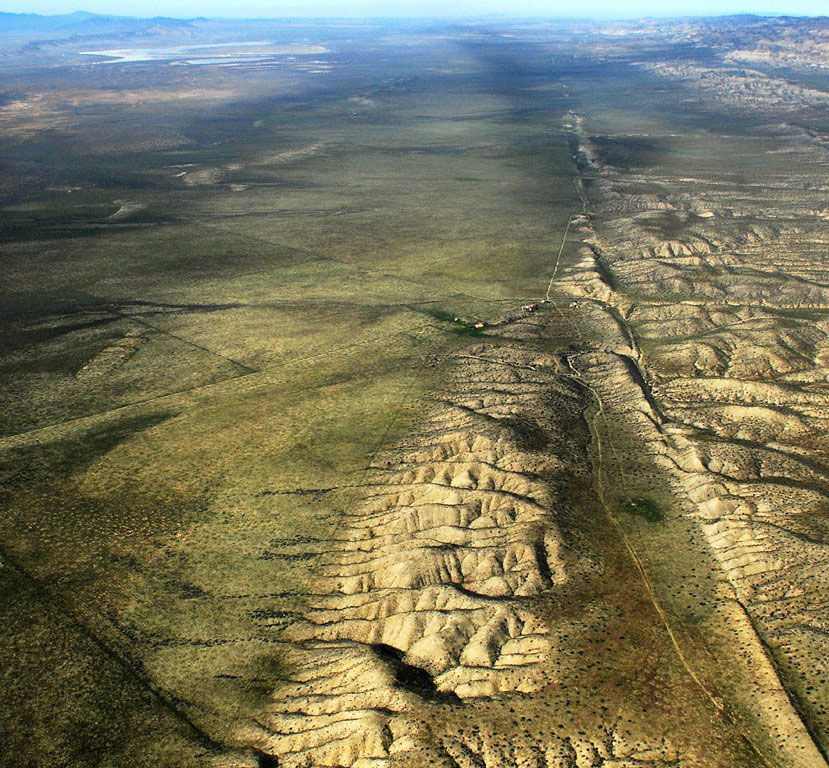
Shaking Up Earthquake Studies by Increasing Access to Data, Tools and Research Results
Earthquake rupture forecast studies provide information about the probabilities of when earthquakes will occur, where they’ll take place and how strong they’ll be, but the computational tools and data aren’t available to a wide scientific community. That’s about to change.
Department of Energy User Facility Launches Platform for Analyzing Biological and Environmental Research Data
The Department of Energy’s Environmental Molecular Sciences Laboratory (EMSL) has launched the Data Transformations Integrated Research Platform to help researchers transform their scientific data into more manageable sets of information, improve data accessibility and reproducibility, and facilitate the creation of models and visualization tools that help tell a larger story from the data.
Novel Metric Examines the Role of Organic Matter and Microbes in Ecological Communities
Individual features in a community, like microbes or types of chemicals, affect the overall community’s development and help determine the similarity of different communities over time and space. Scientists developed a novel ecological metric, called βNTIfeat, that helps to investigate the roles of different features in community development. The resulting information can inform models of how ecosystems respond to disturbances such as climate change.
Model for predicting transmission of COVID-19 can help policymakers monitor virus, inform health surveillance systems
In a new study, researchers analyzed data from Cali, Colombia, to develop a model that provides a template for tracking data, predicting transmission, and informing health surveillance systems.
New $17 million grant establishes LJI as global hub for immunology data curation and analysis
A new grant of over $17 million from the National Institute of Allergy and Infectious Diseases (NIAID) has established La Jolla Institute for Immunology (LJI) as the leading institute for human immunology data curation, analysis, and dissemination. With this funding, LJI has taken the helm of the Human Immunology Project Consortium Data Coordinating Center, a critical tool in the effort to fuel scientific collaboration in immunoprofiling and highlight findings from the overall Human Immunology Project Consortium (HIPC).
Improving data security for a hybrid society: insights from new study
Society 5.0 envisions a connected society driven by data shared between people and artificial intelligence devices connected via the Internet of Things (IoT).
American Academy of Orthopaedic Surgeons Introduces the Fracture & Trauma Registry Powered by PatientIQ
The American Academy of Orthopaedic Surgeons (AAOS) today announced the Fracture & Trauma Registry (FTR) will now be powered by PatientIQ. This new partnership will offer healthcare institutions a turnkey solution for FTR participation, thus reducing barriers to tracking evidence-based practices and advancing the delivery of musculoskeletal care.
Hank Childs: Then and Now / 2012 Early Career Award Winner
Supported by his Early Career Research Award at the University of Oregon, computer science professor Hank Childs created new approaches to store, load, and visualize large data sets generated by high-performance computers.
Artificial Intelligence Edges Closer to the Clinic
TransMED analyzes patient data from similar diseases across multiple sources to understand COVID-19 patient outcome risk factors.
Same Symptom – Different Cause?
Nowadays doctors define and diagnose most diseases on the basis of symptoms.
New tool integrates microbiome and host genetic sequencing analysis
A new software tool makes it easier to study relationships between a host, its microbiome and pathogens like HIV or SARS-CoV-2.
School of Physics Uses Moths and Origami Structures for Innovative Defense Research
Georgia Tech has received two Department of Defense (DoD) 2022 Multidisciplinary University Research Initiative (MURI) awards totaling almost $14 million. The highly competitive government program supports interdisciplinary teams of investigators developing innovative solutions in DoD interest areas. This year, the DoD awarded $195 million to 28 research teams across the country.
Key witness helps scientists detect ‘spooky’ quantum entanglement in solid materials
Quantum entanglement occurs when two particles appear to communicate without a physical connection, a phenomenon Albert Einstein famously called “spooky action at a distance.” Nearly 90 years later, a team led by the U.S. Department of Energy’s Oak Ridge National Laboratory demonstrated the viability of a “quantum entanglement witness” capable of proving the presence of entanglement between magnetic particles, or spins, in a quantum material.
Vampire bats may coordinate with ‘friends’ over a bite to eat
Vampire bats that form bonds in captivity and continue those “friendships” in the wild also hunt together, meeting up over a meal after independent departures from the roost, according to a new study.
Department of Energy Invests $16 Million in Data-Intensive Scientific Machine Learning Research and Analysis
The U.S. Department of Energy (DOE) announced $16 million for five collaborative research projects to develop artificial intelligence (AI) and machine learning (ML) algorithms for enabling scientific insights and discoveries from data generated by computational simulations, experiments, and observations.
New school, data sciences major at WVU enhances programs across campus
West Virginia University has launched the School of Mathematical and Data Sciences under the leadership of Director Earl Scime and Snehalata Huzurbazar, who will lead the data sciences program.
Getting to the core of a more nutritious apple
A new platform housing data from over 100 apple varieties could shave years off of the breeding process and enable data-driven assessments of how to boost the health benefits of America’s favorite fruit.
Automatically Steering Experiments Toward Scientific Discovery
Scientists at Brookhaven and Lawrence Berkeley National Laboratories have been developing an automated experimental setup of data collection, analysis, and decision making.
Sensing what plants sense: Integrated framework helps scientists explain biology and predict crop performance
Scientists have invested great time and effort into making connections between a crop’s genotype and its phenotype. But environmental conditions play a role as well. Iowa State University researchers untangle those complex interactions with the help of advanced data analytics in a newly published study.
Department of Energy to Provide $10 Million for Research on Data Reduction for Science
Today, the U.S. Department of Energy (DOE) announced $10 million for foundational research to address the challenges of managing and processing the increasingly massive data sets produced by today’s scientific instruments, facilities, and supercomputers in order to facilitate more efficient analysis.
DOE Announces $29 Million for Ultramodern Data Analysis Tools
The U.S. Department of Energy (DOE) today announced $29 million to develop new tools to analyze massive amounts of scientific information, including artificial intelligence, machine learning, and advanced algorithms.
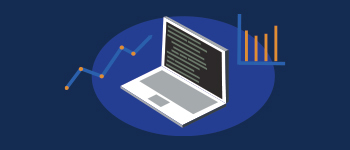
WVU responds to data revolution with new major
The world is in the midst of a data revolution. From how we shop to how we vote and all decisions in between, there is a growing need for professionals trained to use modern data analysis to solve everyday problems. To meet these 21st century workforce demands, WVU is launching a new undergraduate data science major.
How many tests after vasectomy? Guideline update leads to change in practice
A change in evidence-based guidelines for vasectomy may have led to a reduction in the number of follow-up tests to confirm the procedure was successful, reports a study in Urology Practice®, an Official Journal of the American Urological Association (AUA). The journal is published in the Lippincott portfolio by Wolters Kluwer.
New Statistical Method Exponentially Increases Ability to Discover Genetic Insights
A test of the Sum-Share statistical method using only summary-level data found 1,734 genetic variations associated with cardiovascular-related conditions when just one had previously been likely

Four Rutgers Professors Named AAAS Fellows
Four Rutgers professors have been named fellows of the American Association for the Advancement of Science (AAAS), an honor given to AAAS members by their peers. They join 485 other new AAAS fellows as a result of their scientifically or socially distinguished efforts to advance science or its applications. A virtual induction ceremony is scheduled for Feb. 13, 2021.

Next-gen bioinformatics tool enables big data analysis without programming expertise
A new data analysis tool developed by researchers at The University of Texas MD Anderson Cancer Center incorporates a user-friendly, natural-language interface to allow biomedical researchers without specialized expertise in bioinformatics or programming languages to conduct intuitive analysis of large datasets.
With Digital Phenotyping, Smartphones May Play a Role in Assessing Severe Mental Illness
Digital phenotyping approaches that collect and analyze Smartphone-user data on locations, activities, and even feelings – combined with machine learning to recognize patterns and make predictions from the data – have emerged as promising tools for monitoring patients with psychosis spectrum illnesses, according to a report in the September/October issue of Harvard Review of Psychiatry. The journal is published in the Lippincott portfolio by Wolters Kluwer.
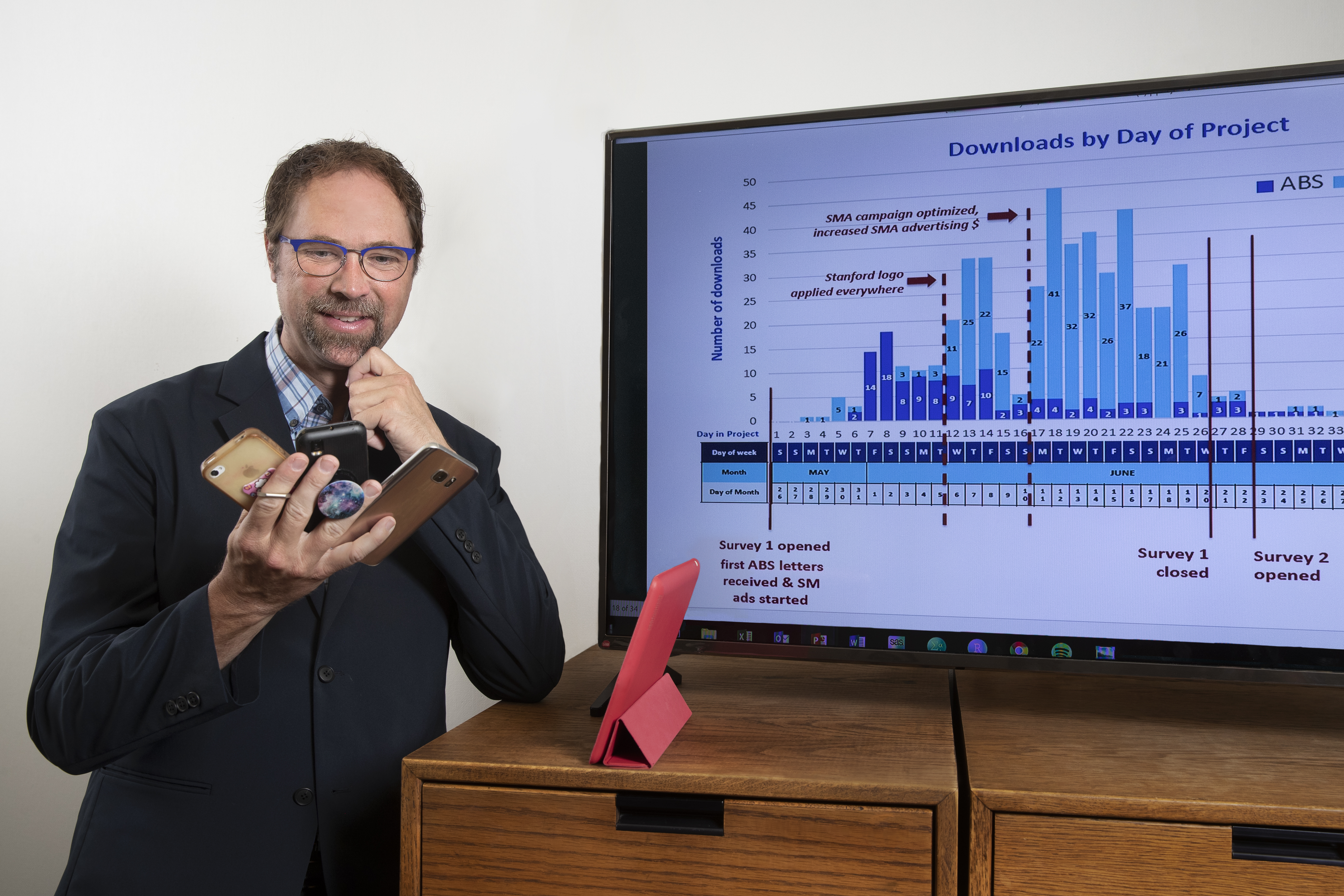
BGSU’s Novak Family Professor of Data Science helps journalists understand polls
Being able to vet surveys and election polls is important for journalists and other media experts, making Dr. Trent Buskirk a very popular person this time of year. Buskirk is the Novak Family Professor of Data Science and the chair of the Applied Statistics and Operations Research Department at BGSU.
The University of Chicago is awarded a major federal contract to host a new COVID-19 medical imaging resource center
A new center hosted at the University of Chicago — co-led by the largest medical imaging professional organizations in the country — will help tackle the ongoing COVID-19 pandemic by curating a massive database of medical images to help better understand and treat the disease. The work is supported by a $20 million, two-year federal contract that could be renewable to $50 million over five years.
Visual analytics tool plucks elusive patterns from elaborate datasets
An ORNL team developed CrossVis, an open-source, customizable visual analytics system that analyzes numerical, categorical and image-based data while providing multiple dynamic, coordinated views of these and other data types.
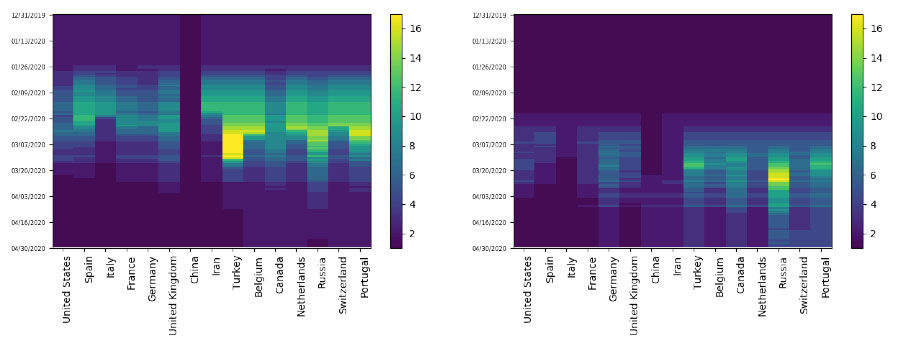
Countries Group into Clusters as COVID-19 Outbreak Spreads
Mathematicians based in Australia and China have developed a method to analyze the large amount of data accumulated during the COVID-19 pandemic. The technique, described in the journal Chaos, can identify anomalous countries — those that are more successful than expected at responding to the pandemic and those that are particularly unsuccessful. The investigators analyzed the data with a variation of a statistical technique known as a cluster analysis.
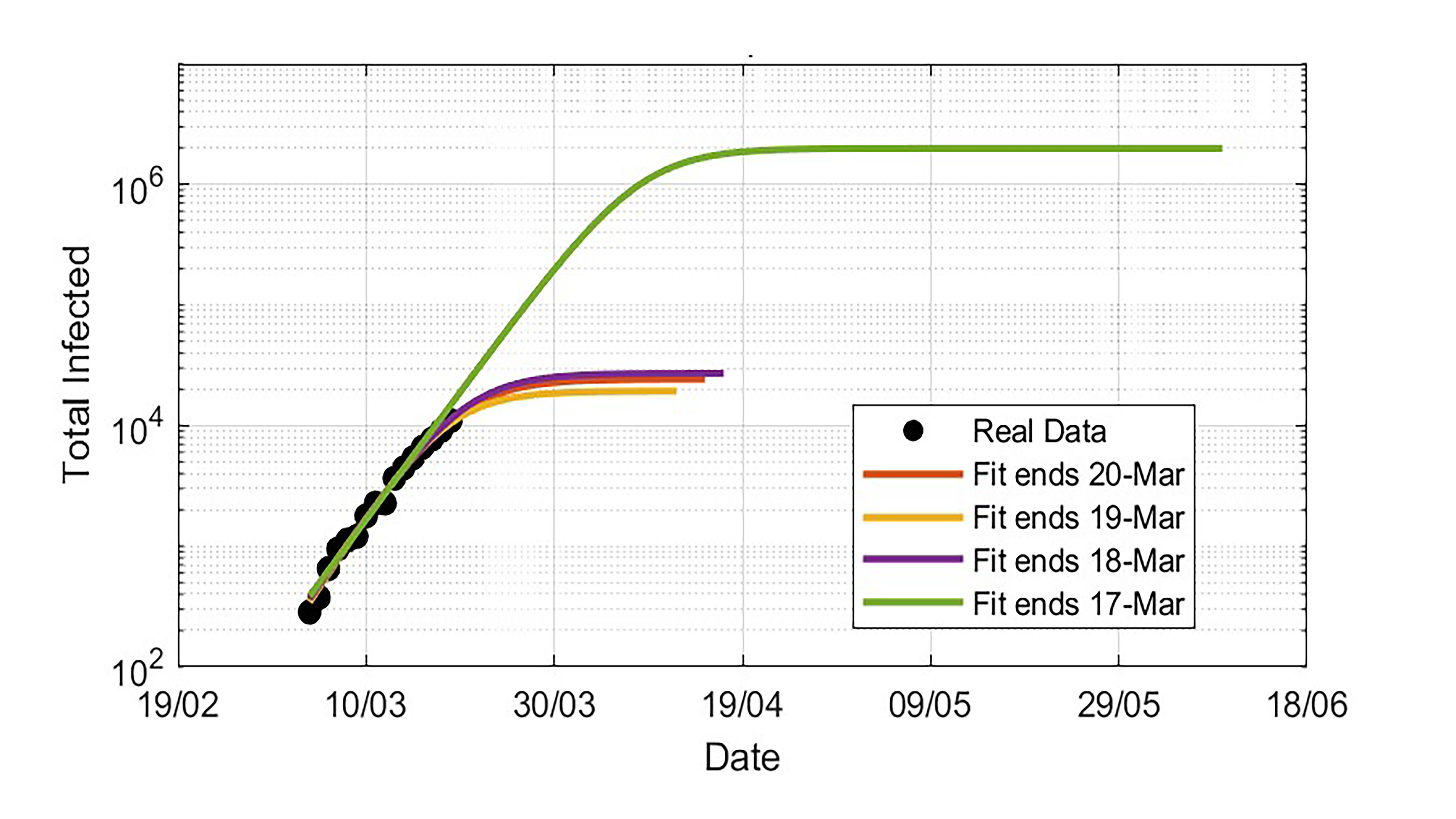
Modeling COVID-19 Data Must Be Done With Extreme Care
As the virus causing COVID-19 began its devastating spread, an international team of scientists was alarmed by the lack of uniform approaches by various countries’ epidemiologists. Data modeling to predict the numbers of likely infections varied widely and revealed a high degree of uncertainty. In the journal Chaos, the group describes why modeling and extrapolating the evolution of COVID-19 outbreaks in near real time is an enormous scientific challenge that requires a deep understanding of the nonlinearities underlying the dynamics of epidemics.
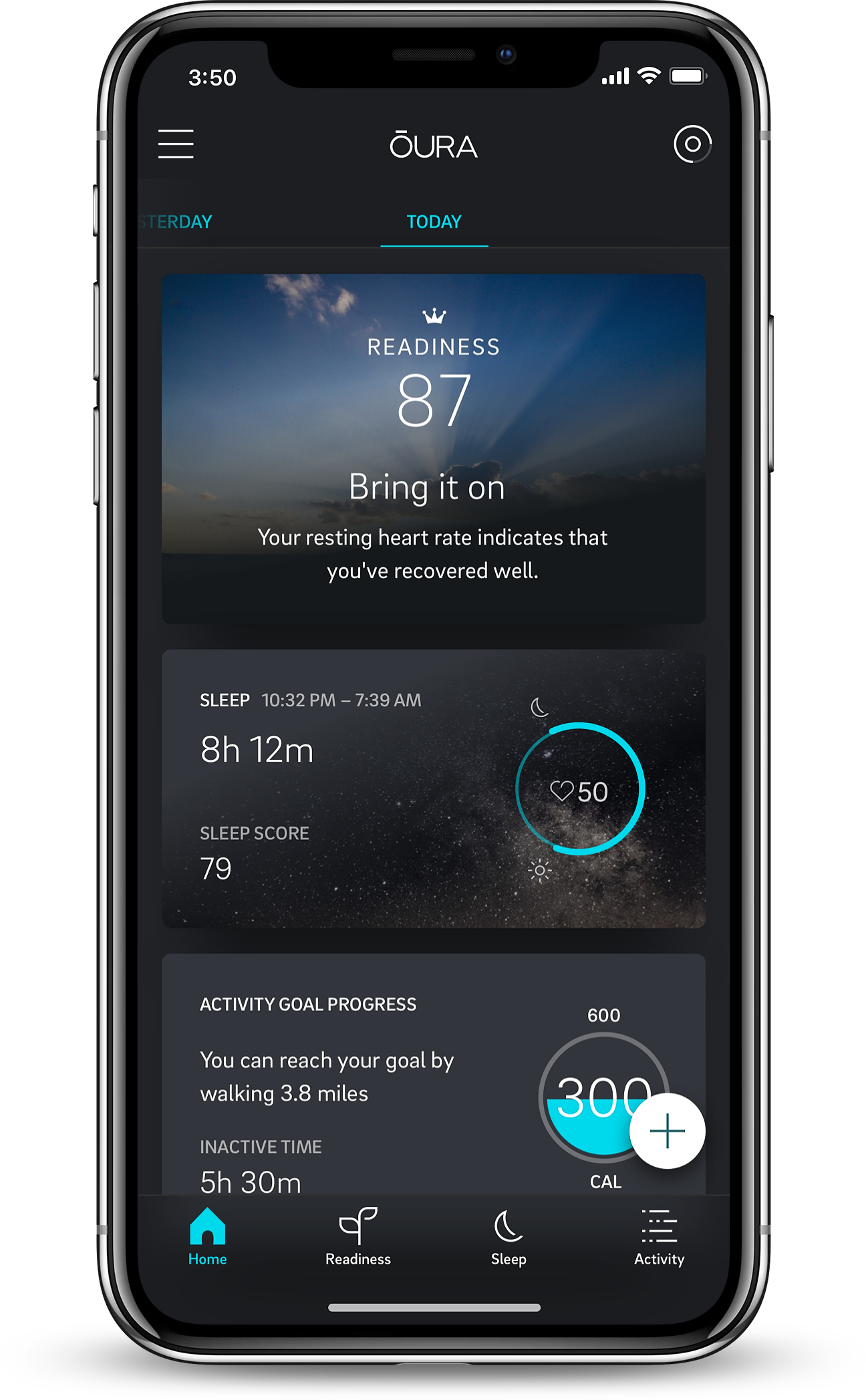
Researchers work on early warning system for COVID-19
To better understand early signs of coronavirus and the virus’ spread, physicians around the country and data scientists at UC San Diego are working together to use a wearable device to monitor more than 12,000 people, including thousands of healthcare workers. The effort has started at hospitals in the San Francisco Bay Area and at the University of West Virginia.
New Software Tests Asphalt Performance More Efficiently
New Brunswick, N.J. (Feb. 26, 2020) – Rutgers University–New Brunswick researchers have created a software tool that more efficiently analyzes how asphalt performs, saving transportation agencies time and money. As performance testing for asphalt pavement has evolved, the focus has shifted…
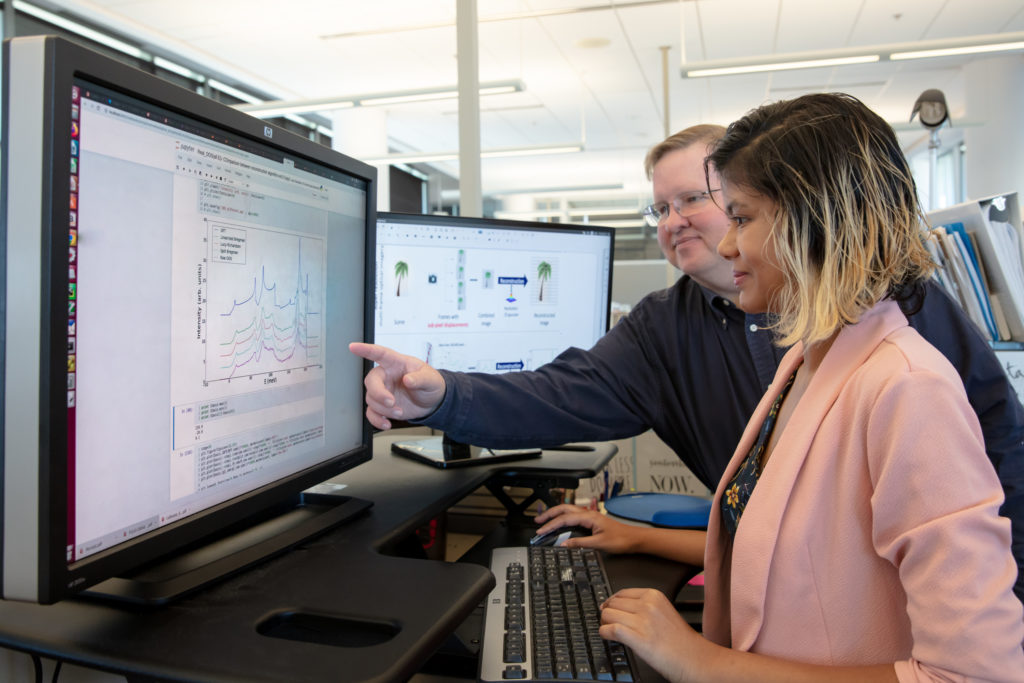
New ORNL software improves neutron spectroscopy data resolution
Neutron spectroscopy is an important tool for studying magnetic and thermoelectric properties in materials. But often the resolution, or the ability of the instrument to see fine details, is too coarse to clearly observe features identifying novel phenomena in new advanced materials. To solve this problem, researchers at Oak Ridge National Laboratory, developed a new super-resolution software, called SRINS, that makes it easier for scientists to better understand materials’ dynamical properties using neutron spectroscopy.

Department of Energy Announces $21.4 Million for Quantum Information Science Research
The following news release was issued on Aug. 26, 2019 by the U.S. Department of Energy (DOE). It announces funding that DOE has awarded for research in quantum information science related to particle physics and fusion energy sciences. Scientists at DOE’s Brookhaven National Laboratory are principal investigators on two of the 21 funded projects.
Here’s the kind of data hackers get about you from hospitals
New research from Michigan State University and Johns Hopkins University is the first to uncover the specific data leaked through hospital breaches, sounding alarm bells for nearly 170 million people.
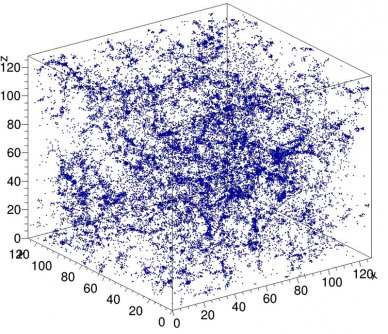
Deep Learning Reveals Mysteries of Deep Space
The Science How do you determine the measurable “things” that describe the nature of our universe? To answer that question, researchers used CosmoFlow, a deep learning technique, running on a National Energy Research Scientific Computing Center supercomputer. They analyzed large,…